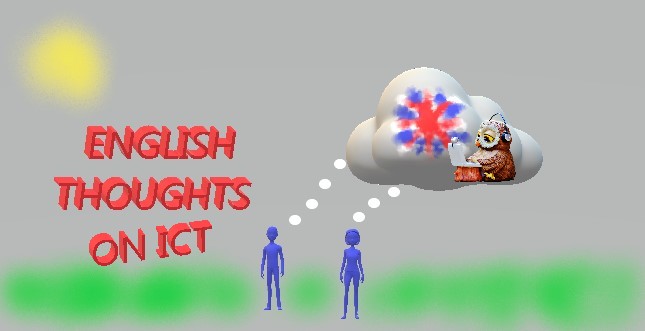Hello visitors!
I must confess that I'm a great fan of agent 007, so I want to pay tribute to his home country by showing you some interesting facts about the UK. You can use it in class to work the different countries that make up the United Kingdom (Geography) also adding some information about festivities or other facts.
I'm using an infographic, which is a graphic visual representation of information to present it in a quick and clear way. It can be very useful for you as teachers to capture your students' attention on selected pieces of information. For them it can be a tool for developing their own creativity as they need to think how to select the objects, the information and present their works in an eye-catching way. It also features collaborative work, useful if you want your students work in teams.
To create this infographic I'm using Piktochart, an online tool not only to create infographics but also presentations, reports, flyers and posters. Once you're logged in, you can choose from 3 visual formats (infographics, presentations or printables). Browse for the template layout you want to use or start with a blank one. For your students it can be hard to start from scratch, so it's strongly recommended that they use a preset template and then edit it according to their needs. Each page of the infographic is called 'block'so you can add, delete or clone blocks to fit your creation. On the left side of the page you can see a toolbar where you can select the graphics (shapes & icons, lines and photos; pro users can add animated icons and photo frames). You are allowed to upload your own images (jpg, png, gif or svg files) and change the background. Furthermore, you can change the text size and colour as well as other tools (insert charts, maps or videos). For my creation I wanted to use maps, which you can edit in terms of colour, size and, in this specific case, choose separately the different countries forming the UK.
What I enjoy most was to set the different elements and changing sizes to fit the space. It allows you to use your creativity in designing your creation and you can group the different objects making the spatial planning easier. On the other hand, I had some problems when displaying the results as in the previsualization some elements were not exactly the same size or place and I needed to edit several times to get the final result. Finally you have different options to share your outcome (you can't keep it private in the free version): you can publish it in Facebook, Twitter, Google+, Pinterest or get an embed code.
 |
| Image by Alex Molina. CC0 Creative Commons |




